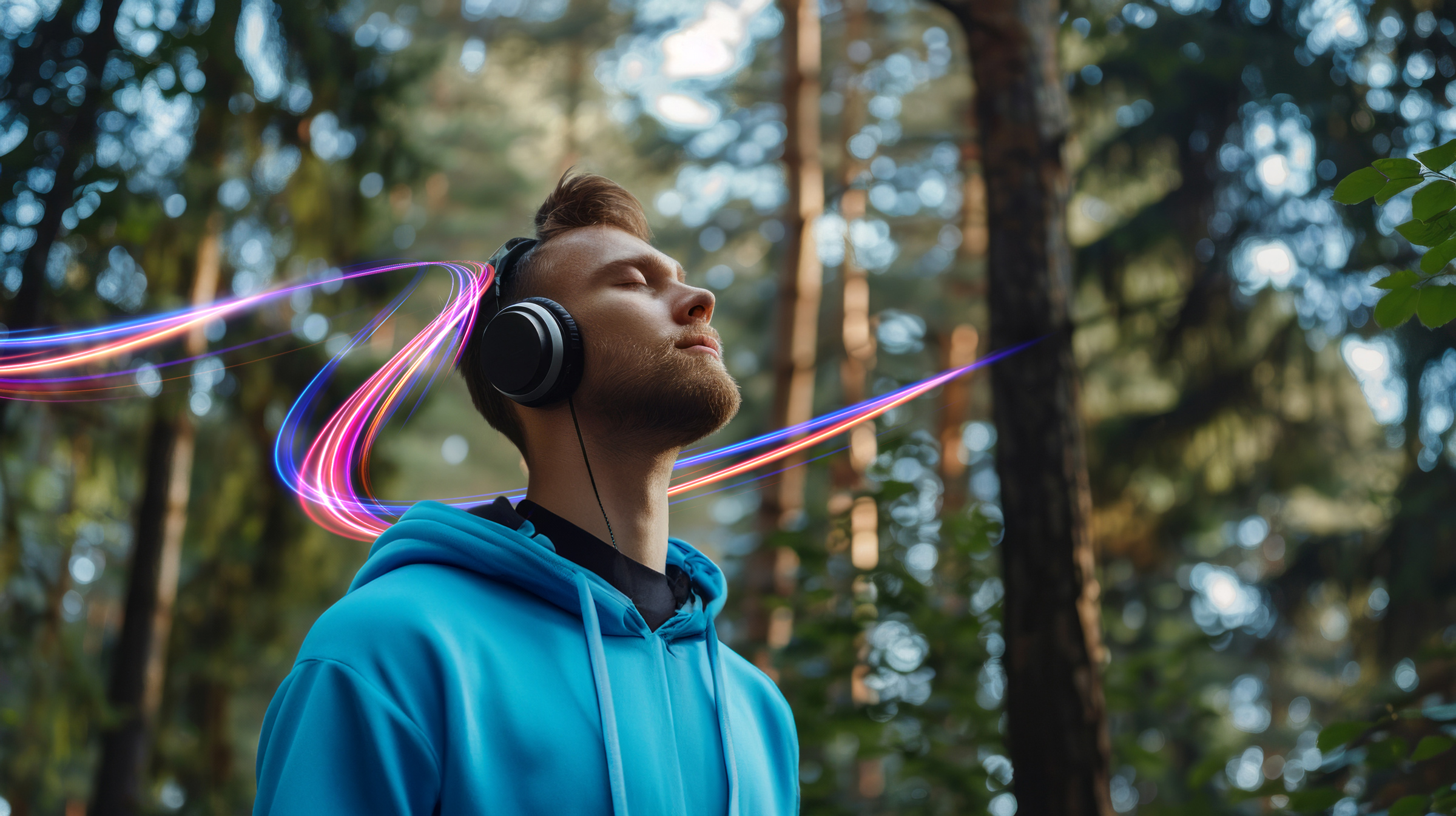This article was originally published by The Drum.
Travel and hospitality brands have the data they need to deliver personalized customer experiences. But they’re struggling to act on it. Mike Wagner, industry partner, mobility and destinations at Acxiom, and Cormac Hampson, head of solution consulting EMEA at Sitecore, cite new industry research to explore what those brands can do to meet their CX goals.
Customer experience (CX) expectations are sky-high, and travel and hospitality brands are uniquely placed to deliver on those expectations. With the potential to bridge the digital and physical realms more seamlessly than other industries, there’s ample opportunity for travel and hospitality brands to generate data-driven digital experiences that translate into real-world customer delight – assuming brands have a strong foundation of data and technology.
In a new report commissioned by Acxiom and sponsored by Sitecore, we spoke with 200 executives at travel and hospitality brands to see how they’re rising to the CX challenge. Of course, different providers in these industries have their own priorities and challenges. However, the research reveals an overall picture of a sector that’s making tremendous progress in unifying its customer data … but still needs help activating it.
Data gathering v insight activation
A convincing 84% of the people we surveyed believe they already have access to the data they need to power CX. And 72% say they can unify data across first- and third-party sources to form a single customer view. So, typically they’re doing a good job of gathering, consolidating, and unifying data, as well as running some analytics.
Where travel and hospitality brands seem to stumble is acting on the resulting insights. They believe the three most important tactics for delivering best-in-class CX are tailored products, personalized customer service, and data-driven recommendations. But those same three tactics are all employed by less than 40% of brands, indicating that operationalizing intelligence remains a challenge.
Here are three things travel and hospitality brands should be thinking about as they pursue their CX goals.
1. Be intentional in designing different experiences for different audiences
One question travel and hospitality brands need to answer is how they define what a good customer experience looks like for a particular segment of customers. Where does that experience start and end? How is it measured?
Notably, the top tier of a brand’s customer base often enjoys a better experience than the rest of the customers because of the amount of data generated by their high levels of engagement. But to grow their business, brands must intentionally expand the way they deliver CX to other segments that may not have the same engagement levels. First, they should pay attention to how they analyze and organize their data to inform customer segmentation, and then they need to create experiences that resonate with those audience segments.
We’re starting to see this happening with tailored loyalty programs where, instead of just getting a point for a dollar or a mile, members can be rewarded differently depending on what’s important to them. Now brands need to apply this automated personalization across all channels, from marketing communications to customer service. Generative AI is a game changer for producing content – at scale – to make this one-to-one personalization accessible for all.
2. Remember that customer experience should be a team game
It’s easy to conclude that marketing is responsible for customer experience, but the truth is it takes a coordinated effort across the organization. The brands that have top-down buy-in to customer experience and personalization, and have that commitment embedded across de-siloed departments, are far more likely to succeed. Technology can take brands only so far; it’s the people using the tech who determine whether it delivers the desired results.
It’s heartening to learn that many travel and hospitality brands are already sharing responsibility for CX across multiple teams. While marketing is still most likely to take the lead, a significant proportion of those we surveyed say customer service, product development, operations and logistics, and IT all have some responsibility for CX in their organization. And almost half (47%) have established a dedicated customer experience team, which is a positive trend.
This spirit of collaboration doesn’t need to end with internal teams. Travel and hospitality brands should be considering data ecosystems, where they enter mutually beneficial data-sharing partnerships with brands in other industries to enable seamless multi-brand customer experiences. Right now these arrangements are in their early stages. Many are still testing the water with single-brand partners. But as the ecosystem economy takes hold, customers will expect fully joined-up experiences across rideshares, flights, hotels, entertainment venues, and restaurants.
3. Consider CX across the entire customer journey
In travel and hospitality, the focus is often on the experience of engagement. Is the flight on time? Is the hotel room comfortable and clean? Is parking at the venue accessible? These are all factors that will impact whether a customer becomes a repeat customer. But CX should be extended across the entire journey, including the pre-booking phase.
Much of the data brands collect is retrospective – like booking history and feedback from surveys. Only 35% are collecting analytics data when someone browses their website, which is a huge missed opportunity to personalize the experience in real time by responding to that person’s immediate needs. A person has landed on a website (or app) because they want to achieve something. Real-time data collection and analytics mean brands can identify a visitor, understand what they want, and tailor the content they see to meet their needs, helping them reach their desired destination.
People have limited patience and will bounce to a competitor when they don’t immediately see what they want. If brands miss the window of opportunity, when the person is on their website with eyeballs engaged in the brand, they may not see them again for months.
Travel and hospitality brands should look outside their domain and take lessons from other industries. Whether it’s online gaming platforms dynamically adapting difficulty levels to the player’s gaming skills, or financial services providers personalizing offers based on customer intent signals, tailoring every interaction is key to delivering the best possible customer experience.
Bring martech and CX together in a long-term plan
Overall, our report reveals marketing technology is yet to be fully aligned with customer experience in travel and hospitality. Almost two-thirds of brands (63%) still see martech as mostly operational rather than central to CX, and only 8% tie their CX objectives to their martech capabilities.
To move ahead in their CX journey, brands need a realistic long-term plan – or road map – for their martech, a plan that sets out where they want to be in three to five years. Both technology and services partners can provide invaluable support at this stage. Brands can then start making incremental improvements that are all aligned with their longer-term plan, rather than aiming for one big-bang transformation project or making changes without an end goal in sight.
Brands are making tremendous progress in collecting and unifying data, but they will never be “done” with the data and technology that supports CX. Martech stacks must continually evolve in a changing world. But by aligning martech and CX, and making those iterative improvements in line with a strategic roadmap, travel and hospitality brands can start to delight their customers with the personalized experiences they’ve come to expect.
To find out more, take a look at our new report, “Last Call for a CX Upgrade in Travel and Hospitality,” or you can explore the Acxiom and Sitecore partnership.
This article was originally published by The Drum.


